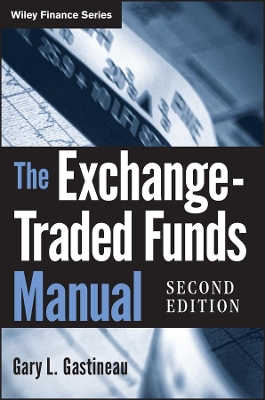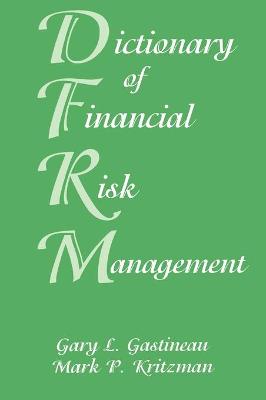Frank J. Fabozzi
2 primary works • 3 total works
Book 93
The initial edition of Gary Gastineau's The Exchange-Traded Fund Manual was one of the first books to describe and analyze ETFs. It made the case for the superiority of the structure of investor-friendly ETFs over mutual funds and helped investors select better funds among the ETFs available.
With this new edition, Gastineau provides comprehensive information on the latest developments in ETF structures, new portfolio variety, and new trading methods. With a realistic evaluation of today's indexes, Gastineau offers insights on actively managed ETFs, improved index funds, and fund and advisor selection.
- Discusses how to incorporate ETFs into an investment plan
- Offers updated coverage of new ETFs, including full-function actively managed ETFs, and a valuable chapter on trading ETFs
- Written by the leading authority on exchange traded funds
Exchange-traded funds offer you diversification and participation in markets and investment strategies that have not been available to most investors. If you want to understand how to use ETFs effectively, the Second Edition of The Exchanged-Traded Fund Manual can show you how.
Book 169
Equity Flex Options
by James J. Angel, Gary L. Gastineau, and Clifford J. Weber


